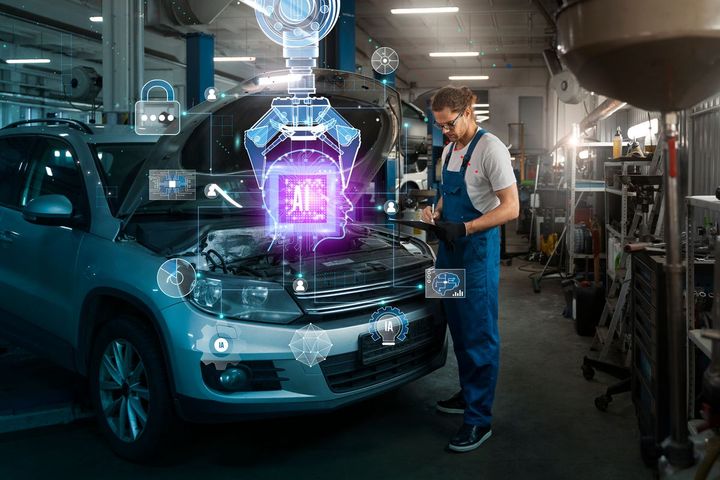How Does AI Facilitate Microinsurance Policies in the Auto Insurance Industry? | Inspektlabs
Microinsurance is like conventional insurance but targets the lower-income market and households with low financial reserves. Many low-income families have limited education and financial literacy, and microinsurance helps to overcome these challenges.
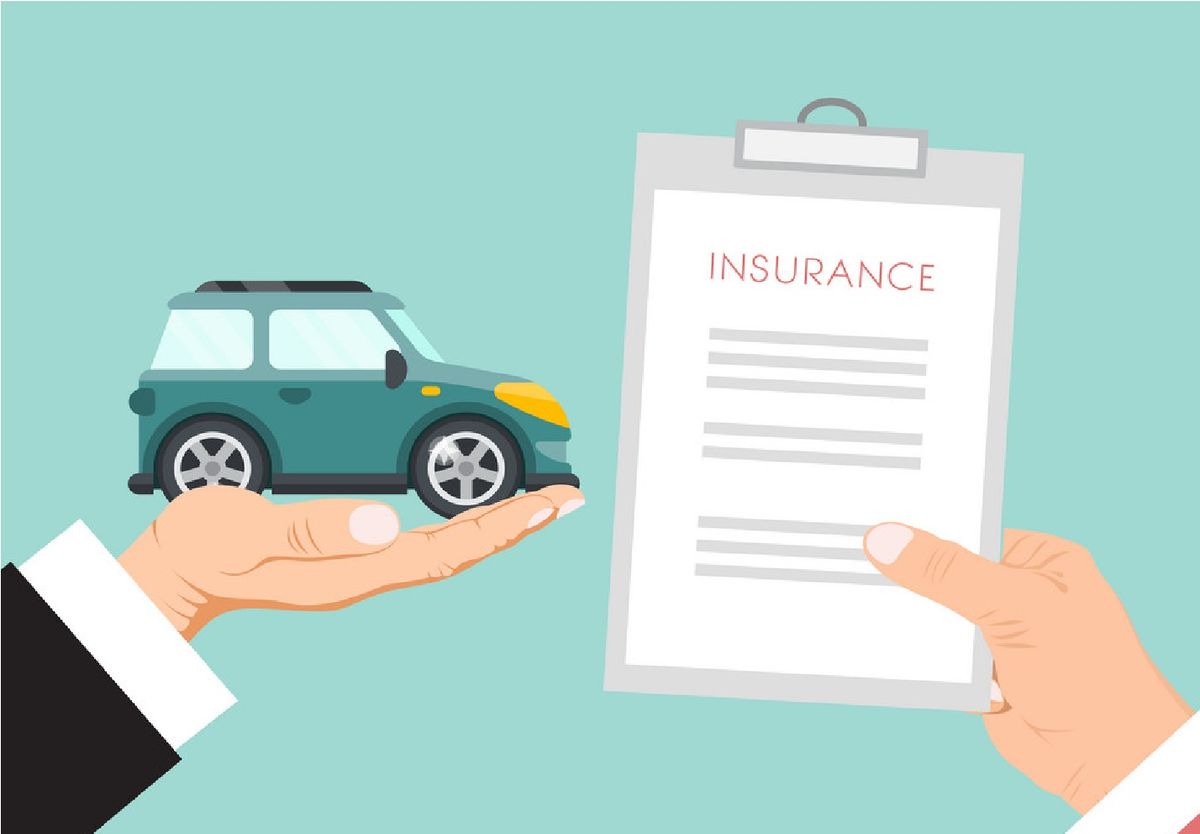
This post will discuss how AI facilitates microinsurance policies in the auto insurance industry. We will begin by briefly introducing microinsurance policies and the fundamentals of how they function. Then, we cover the relevance of microinsurance policies in the auto insurance industry. Finally, we discuss how AI facilitates microinsurance policies through automated car inspections, claims automation, and predictive modeling before concluding.
Introduction
Although non-standard car insurance products are often viewed as complex, they can be a relatively simple form of coverage. Microinsurance policy providers tend to have reasonable rates and manageable payment options. The microinsurance industry has grown dramatically in the past few years. It is helping hundreds of millions of people, especially in developing countries. Microinsurance has risen from seventy million consumers in 2007 to over 500 million in recent years. [Source: ILO] While the market proliferates, it is still comparatively small. Let us learn more about these micro-insurance policies and their role in the auto insurance industry.
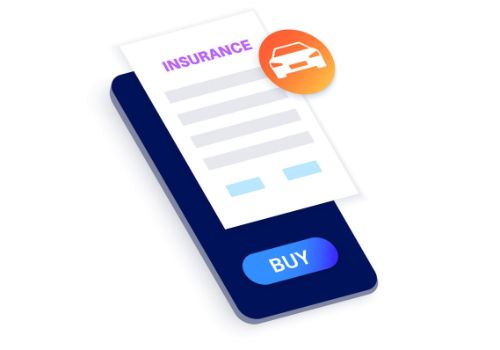
What is a Microinsurance Policy?
Microinsurance policies are beneficial for people with limited resources to pay their car insurance premiums. The most popular form of microinsurance is usage-based auto insurance, which only charges based on the number of miles driven. This coverage is widespread among low-mileage drivers, who can enjoy lower premiums than other drivers. This type of insurance benefits families, enabling drivers to choose a policy that fits their needs and budget.
Pay-as-you-go auto-insurance plans are available through many insurance companies. While not available in every region, this insurance can help drivers save hundreds of dollars annually. The average household can save around $270 per car with this type of insurance. [Source: Impact Insurance] Several companies offer these services, like Zego, Dayinsure, and Cuvva.
How Does a Microinsurance Policy Operate?
In exchange for a low monthly base rate, customers pay an additional fee per mile driven, tracked by a telematics dongle. This device will record how far they drive their car every month. This information will help calculate the insurance rate. The system dynamically adjusts the insurance bill based on the miles driven. There is a clear trend wherein most major insurance carriers offer similar insurance coverage to some extent.
- Pay-as-you-go auto-insurance companies use a telematic device that crunches data to determine your risk level. They then develop a rate profile that reflects your driving habits and the risk of damage.
- A higher-risk driver will face a higher rate. On the other hand, a safer driver will pay less for coverage.
- Pay-as-you-go insurance can also help you improve your driving habits by giving you an accurate picture.
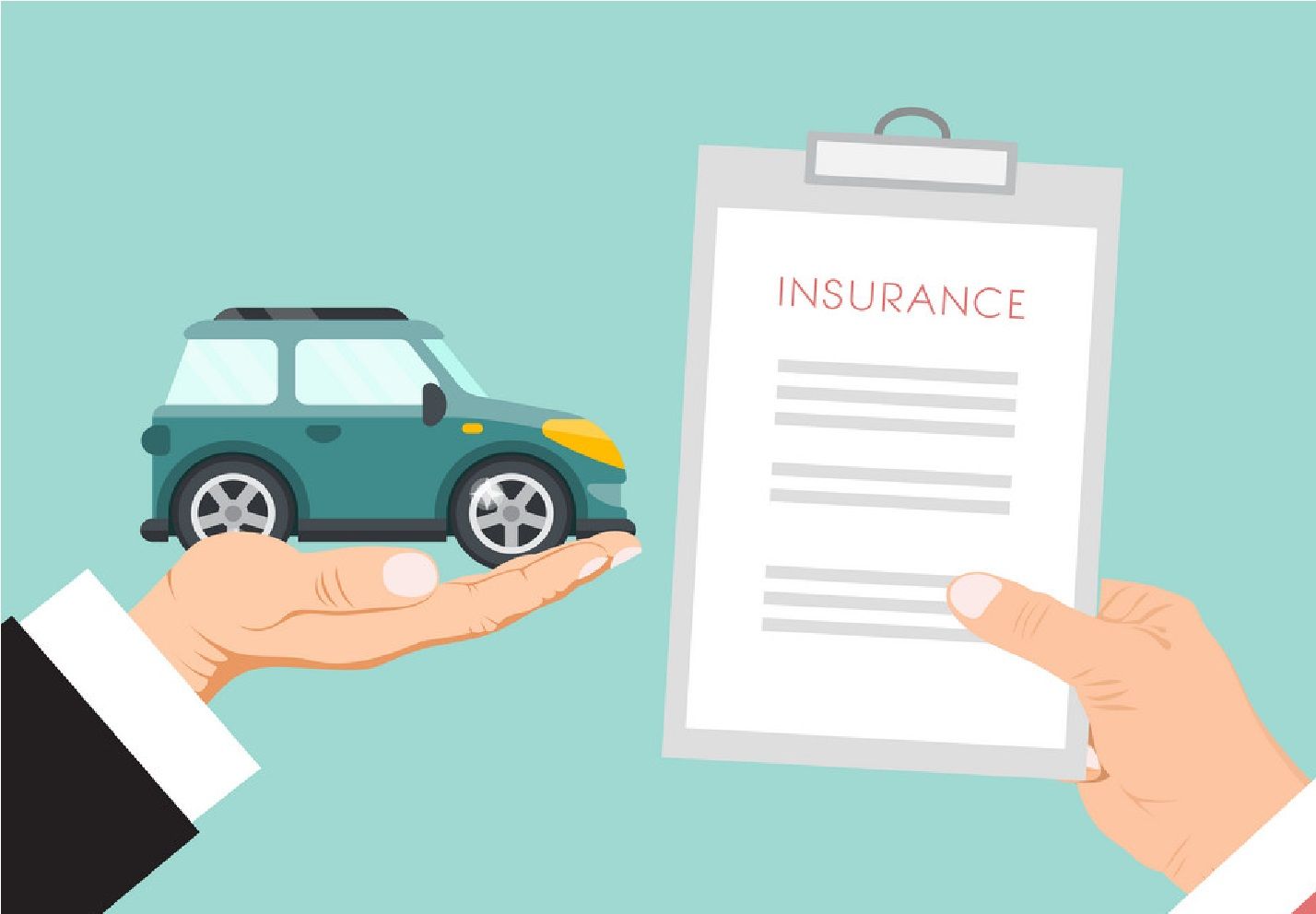
Microinsurance in the Automotive Industry
The growing interest in microinsurance has led to the development of new delivery methods for low-income insurance. The emergence of delivery channels, such as mobile phones, has given these companies new access points to the low-income market.
- Microinsurance has been an effective tool in the domestic auto market, but there are challenges to overcome. It can be helpful if the products are customized to suit specific needs.
- Furthermore, policyholders must be well-informed and given enough information about microinsurance.
- A lack of insurance information can result in the "misselling" of a product.
How does AI facilitate Microinsurance for Auto Insurance?
Due to the nature of microinsurance policies, there is a higher requirement for car inspections and claims processing. Furthermore, since microinsurance policies are highly particular, dedicating the same quantum of resources to handle these cases is not financially wise for any insurer. This point is where artificial intelligence and machine learning step in. AI facilitates microinsurance policies through three major automated solutions: car inspections, claims processing, and predictive modeling.
- Car Inspections
The automobile industry is now increasingly using AI damage detection to boost productivity. Until now, car inspections have been under the purview of human inspectors, who use visual inspections to assess car damage and determine the cost of repairs. However, human error can often lead to inaccurate assessments. Incorporating machine learning into vehicle damage inspection can increase efficiency and customer satisfaction.
In the world of microinsurance, data generated by car sensors can provide insurers with better insight into the risks associated with drivers. This vehicle inspection system can trigger repair appointments automatically when a fault is detected. Insurers can use this technology to protect consumers from risk and prevent fraud.
- Auto insurance companies are using artificial intelligence to reduce the time required for assessing car damage.
- These tools allow auto owners to submit photographs or videos of their vehicles on their smartphones and receive decisions on their next steps within minutes.
- These systems can process many car inspections at once and will save insurers significant time processing claims. This is particularly beneficial when dealing with microinsurance policies.
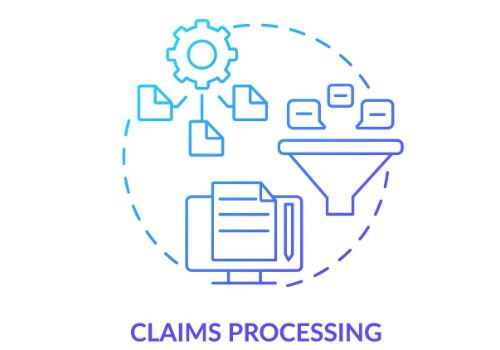
2. Claims Processing
In addition to lowering inspection costs, AI helps insurers improve efficiency by automating claims. Since microinsurance policy covers particular facets, insurers can utilize automated claims processing to handle these claims. AI-based claim processing is one way to reduce the cost of claims and increase customer satisfaction. With enhanced data, insurers can also develop individualized microinsurance plans.
- Insurers can also use AI-based chatbots to assist customers throughout the claims process. These AI-powered chatbots can handle customer queries without human intervention and help customers buy insurance or update their contact information.
- Chatbots are a growing trend in the insurance industry, promising to increase efficiency, profitability, and customer engagement.
- When dealing with microinsurance, there are repetitive queries that claimants or prospective policyholders might have. Insurers can deploy these chatbots to assist such customers promptly and efficiently.
AI has the potential to change many processes throughout the microinsurance value chain. Claims automation is the primary opportunity for value generation among these activities, resulting in cost savings and increased margins.
3. Predictive Modeling
The ability to use predictive analytics to determine risk is an essential component of the microinsurance industry. AI-based systems make predicting outcomes, and behavior changes easier and reduce the guesswork in microinsurance decisions. They also help adjusters, who may not have much experience, by guiding them in making better decisions. AI can also generate additional customer insights, which allows insurers to enter new revenue streams, acquire new customers, and personalize interactions with existing customers.
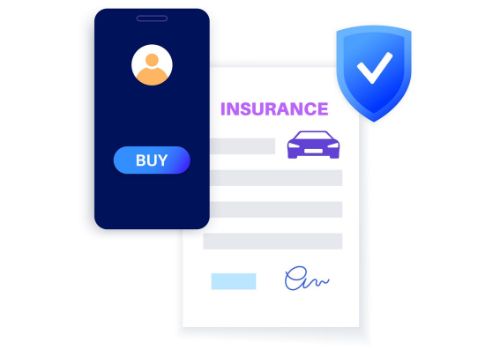
- Manual claims assessment and risk calculation methods are costly and time-consuming. Using predictive analytics, such as AI, is a natural progression from traditional risk calculation methods.
- Predictive analytics can also automate fraud detection, which allows insurers to pass savings onto consumers.
- By using predictive models, insurers can identify riskier microinsurance claims and reward those with good behavior with lower premiums.
Conclusion
Microinsurance policies allow drivers to pay for coverage only when they need it. Microinsurance focuses on specific events. This type of coverage is affordable and convenient. It also helps drivers get the right amount of coverage for the price. Microinsurance is like conventional insurance but targets the lower-income market and households with low financial reserves. Many low-income families have limited education and financial literacy, and microinsurance helps to overcome these challenges. Incorporating AI into the microinsurance workflow will allow insurers to reach untapped markets.



